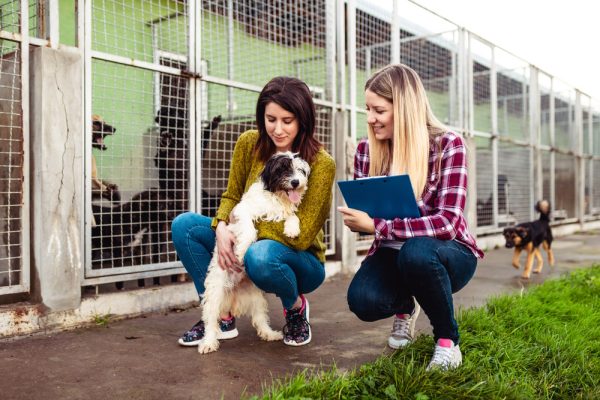In this article
Great Danes make fantastic family pets, but due to their large size, many potential Great Dane owners worry they will have to deal with large amounts of drool. They are right, the Great Dane is considered one of the heavier drooling dog breeds, but don’t let this put you off because their friendly and easygoing personality will captivate you despite the large amount of drool.
Keep reading while we explain how much drool you can expect, along with several other interesting facts to determine if the Great Dane is right for you.

What Causes the Great Dane to Drool?
Most Great Dane owners describe their dogs as moderate to heavy droolers but not as much as other breeds, like the Saint Bernard or the Dogue de Bordeaux.

1. Anatomy
All dogs produce saliva, however, Great Danes have large, flappy lips that create pockets that can catch and hold the saliva until it starts to overflow. Once it pours over, it becomes drool, and there is no real way to prevent it.
2. Temperature
Since salivating is one of your dog’s ways to cool down, you can expect more as the temperature rises, which will cause the lip pockets to fill and overflow faster and more frequently.
3. Medical Issue
If your pet is experiencing a medical issue, it can cause them to drool more. One clue that the saliva is due to a medical problem is that it comes on suddenly, regardless of temperature, and the drooling occurs more often. If you suspect your Great Dane may be ill it is always best to get in touch with a vet.
If you need to speak with a vet but can't get to one, head over to PangoVet. It's our online service where you can talk to a vet online and get the advice you need for your pet — all at an affordable price!
4. Hunger
Many dogs start drooling more excessively when hungry and in the presence of food, similar to the way humans might experience a rumbling belly.
5. Teething
If your dog is still a puppy and you notice drooling more than usual when they are around 3–5 months old, there is a good chance that new teeth are to blame. Once all of the permanent teeth come in, at around 6 months of age, it’s possible that the amount of drooling will decrease.

How Can I Stop My Great Dane from Drooling?
Unfortunately, there is little that you can do to stop your Great Dane from drooling in normal circumstances. Instead, the flappy lips around their mouth will continue to collect saliva until it pours over, but a few things might help a little.
- Keeping your dog inside and well-hydrated when outside temperatures are too high can reduce drooling by making it easier for your dog to maintain their body temperature on hot summer days.
- Take your dog for regular medical checkups, as some health issues, such as oral disease and nausea can lead to more drooling.
- Take your dog for regular dental checkups and brush their teeth daily to help slow the progression of periodontal disease, which might lead to heavier drooling.
- Identify and avoid triggers that cause them to drool. If your dog salivates every time you’re making dinner or eating a snack, keep them away from the kitchen or synchronize your meal times. You can also use puzzle feeders to extend your dog’s meal time. If your dog drools when they get excited, it may be helpful to redirect their attention with toys or engage them in activities that keep them calm.

Do Dog Toys Make My Dog Drool More?
While chewing on dog toys might look like it’s causing your dog to drool, the toy could simply be squeezing drool already present out of the pockets. Regardless, toys are vital for your dog to fight boredom, and they can help them feel more comfortable and less nervous, which might work to decrease the amount of drool.
Taking the toys away might cause your dog to chew on other items, like the furniture, or engage in other bad behavior.
How Can I Clean Up My Great Danes Drool?
Cleaning up dog drool is a never-ending job for many of us. Luckily, it’s not that difficult, and you can wipe down most surfaces with a moist towelette to remove the drool. You can even use towelettes to clean up your dog if you need to.
What Dog Breeds Drool the Most?
According to the American Kennel Club, the following breeds drool the most.
- Newfoundland
- Basset Hound
- Saint Bernard
- English Bulldog
- Bloodhound
- Great Pyrenees
- Clumber Spaniel
- Sharpei
- Mastiff
- Boxer

Conclusion
The Great Dane is considered a heavy drooler because their lips form small pockets that catch and hold saliva until it overflows. High temperatures, food anticipation, and excitement can cause the dog to drool more, and most Great Dane owners prepare a towel or cloth when their pups are near food.
Medical and dental issues can also increase drooling, so it is important to have your Great Dane checked over frequently, as they are on the list of the top 10 drooling dog breeds, and you don’t want to miss any potential health concerns that could be masked by your dog’s excessive drooling.
Featured Image Credit: Annette Shaff, Shutterstock



















